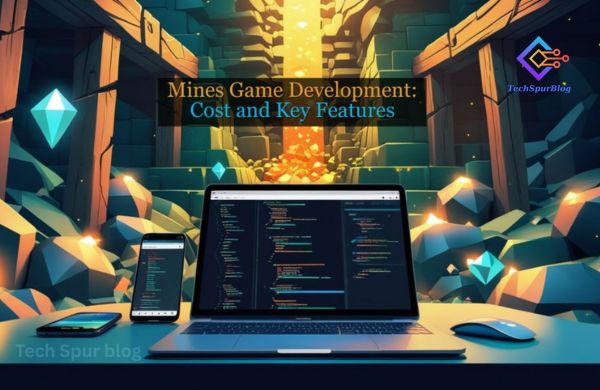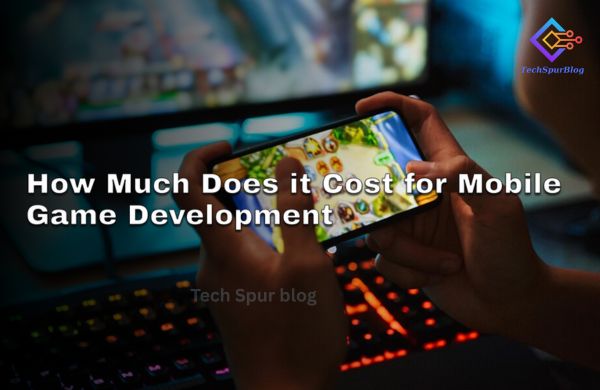We are living in a world where technology plays a vital role in assisting businesses to reach new heights. After COVID-19, we are seeing organizations allowing their employees to work remotely. This is where the importance of SharePoint cannot be undermined.
SharePoint Development, SharePoint Services, and SharePoint Consulting play a crucial part in ensuring that your content is managed properly. They also assist in curating experiences that appeal to your workforce. The emergence of Azure Logic Apps, a cutting-edge serverless platform, helps in making the most out of SharePoint solutions.
And, if you think that this integration is simply about an upgrade, you are wrong. It is transforming efficacy and creativity, leading businesses towards more SPO SharePoint Development ntaneous, sensitive, and impactful SharePoint surroundings.
In this blog, we will look at the way Azure Logic Apps are setting a new norm in the SharePoint world.
Decoding Serverless Computing with Azure
Serverless computing in Azure is opening up a new chapter that helps in curbing the intricacies of infrastructure administration. The fact that there are no servers is not the main point of discussion. Instead, it is about extracting the server layer, which enables developers to concentrate entirely on their code and business principles.
As far as SharePoint development is concerned, it showcases a remarkable change in the way solutions are developed and remitted. This is where Azure Logic Apps becomes a central figure. It allows SharePoint developers to create more effective solutions with greater efficacy.
With the help of this progress, SharePoint Services gets streamlined. It also assists in changing the development into a more intelligent and prolific process where the concentration is on creativity instead of framework.
Also Read: The Benefits of Hybrid Mobile App Development For Startups
Getting up close with Azure Logic Apps
When it comes to mechanizing SharePoint workflows, Azure Logic Apps play a vital role in it. They proficiently close the gap between cloud-based services and on-premises functions. With the help of this seamless integration, SharePoint Consulting has grown into prominence.
This is where effective workflow mechanization can have a significant effect on business results. The magic of Azure Logic Apps lies in its spontaneous visual designer, which explains intricate business process patterns. It enables the development of complex workflows without much hassle.
This allows SharePoint professionals to develop, execute, and manage tasks that are both dextrous and strong. This way, it is transforming how organizations communicate with their SharePoint surroundings.
Azure Functions: The Foundational Pillar
This is the section where things get interesting. Azure Function is the foundational pillar of cloud computing. It provides a base from which codes can be implemented seamlessly in the cloud. It is compatible with different types of programming languages, which are quite important in SharePoint development.
With its help, developers are able to develop solutions that are adaptable and highly flexible to meet the changing business requirements. Thanks to this flexibility, Azure Functions allows developers to concentrate on writing important code without devoting their invaluable time to managing the inherent framework.
Thanks to this approach, the deployment of strong, effective SharePoint solutions speeds up. This makes sure that they are both dextrous and dependable in meeting the needs of the business.
Also Read: Top 4 Frameworks for Building Hybrid Mobile App
How to Get Started with the Azure Logic Apps with SharePoint?
The integration of Azure Logic Apps with SharePoint commences with straightforward yet effective steps.
Develop a Brand New Logic App
Visit the Azure Portal. Start with the creation of a brand new Logic App. This is the crux of your mechanized roadmap.
Opt for a SharePoint Trigger
Select a trigger like – When an item is created. This will start your workflow on the basis of specific SharePoint tasks.
Specify an Action
Once the trigger task is over, specify a related action. For example, you can send an email through Office 365 Outlook when the SharePoint item is generated.
Design Site and List Information
Change the settings in such a way that it syncs well with your SharePoint site and list. This will make sure there is smooth communication between SharePoint and your Logic App.
Test and Deploy
Prior to executing the Logic App, test it completely. This way, you can work on any problems so that it functions without any interruption. These steps will assist you in developing an effective workflow in SharePoint. Through this, you will be able to make the most out of Azure Logic Apps. This will assist in the development of workflows and improve SharePoint performance.
Also Read: 7 Key Hybrid App Development Benefits for Your Business
Final Words
We are seeing the growing role of Azure Logic Apps when it comes to SharePoint Development, SharePoint Services, and SharePoint Consulting. When you include serverless computing in your business, it allows you to concentrate on adding more value, thereby streamlining the way SharePoint Solutions are managed.


















